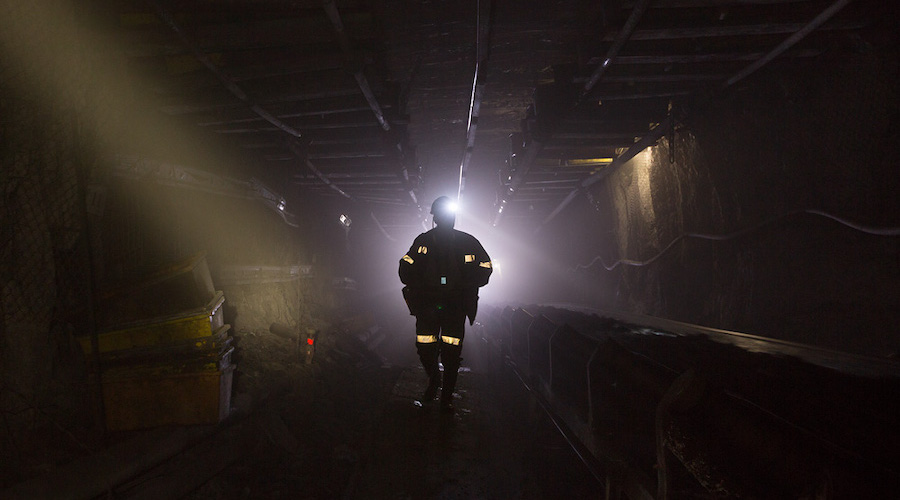Antofagasta copper output steady despite pandemic

Chilean miner Antofagasta (LON:ANTO) has shown resilience amid the country’s covid-19 crisis, delivering copper volumes in the second quarter that were 5% ahead of expectations, but 8.4% lower than the previous period.
In the three months to June 30, the company churned out 177,700 tonnes of copper, compared to 194,000 in the first quarter, mainly due to expected lower grades from the Centinela mine.
The fact Antofagasta operated with just two-thirds of its workforce during the period also weighed on production.
Antofagasta kept production targets for 2020 at between 725,000 and 755,000 tonnes of copper
First half copper production totalled 371,700 tonnes, in line with expectations and 4% lower than in the same period last year.
Gold production fell by 29% to 46,000 ounces compared with the first-quarter. For the first six months of the year, gold output decreased 26% to 111,100 ounces.
Chief executive officer Iván Arriagada said the company had managed to expand activities in areas initially restricted, such as mine development and maintenance.
“We believe we can continue to operate at current levels until the end of the year, assuming no further covid-19-related restrictions are imposed,” he said.
Work on the Los Pelambres expansion, one of the many global copper projects delayed by coronavirus-related reasons, is expected to resume this quarter, Antofagasta said.
The FTSE 100 company kept production targets for 2020 at between 725,000 and 755,000 tonnes of copper, at a net cash cost of $1.20 per pound of copper.
Labour issues
The miner, majority-owned by the Luksic family, one of Chile’s wealthiest, is facing labour challenges at some of its operations.
Unions at its Zaldívar mine recently claimed that workers risked their lives to maintain production at pre-pandemic levels. They cited a mounting number of confirmed coronavirus cases among the mine’s workforce.
They also recently voted in favour of a walk-off, rejecting a new contract offer which they said had stripped them of current benefits.
A recent spike in coronavirus cases in Chile has prompted top miners to review plans
Antofagasta and unions at Zaldívar and Centinela have entered into mediation with the government to avoid a strike.
Major copper miners operating in Chile, the world’s top producer of the metal, have largely maintained output even as measures to fight the spread of covid-19 have devastated other parts of the economy.
In recent weeks, however, a spike in coronavirus cases in the South American nation has prompted top miners to review plans.
State-owned Codelco, the world’s no. 1 copper miner, has halted some expansion projects and pulled back on production.
BHP (ASX, LON, NYSE: BHP) announced it would scale down activity at its Cerro Colorado mine.
Wood Mackenzie estimates that about 700,000 tonnes of new copper supply has been pushed out of 2022 expectations by delays, compared to previous forecasts.
The International Copper Study Group (ICSG) said in its latest report, published on Tuesday, that global mine production declined by 3.5% in April. That was the first full month of pandemic-related disruptions in the copper industry.
Fears of further disruption have pushed copper from doom to boom in the space of a couple of months, with prices hitting past a two-year high this week.
{{ commodity.name }}
{{ post.title }}
{{ post.date }}



Comments